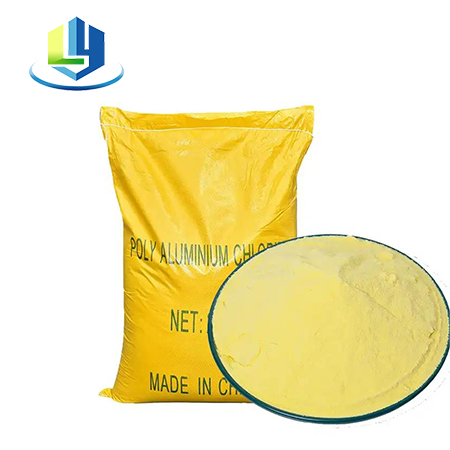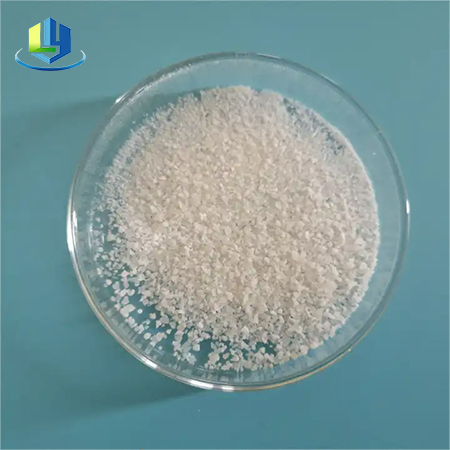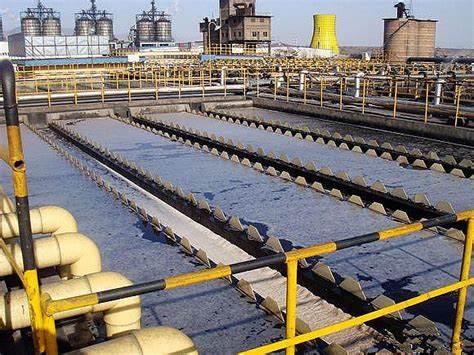Comparison of Aluminum Sulfate And Polyaluminum Chloride in Wastewater Treatment

I. Polyaluminum chloride is a kind of inorganic polymer coagulant. Due to the bridging effect of hydroxide ion and the polymerization of polyvalent anion, the inorganic polymer water treatment agent with the highest molecular weight and high charge is produced. Formula is as follows: [AL2 (OH) nCL6 - n] (n for 1-5. M 10) or less salt base + : B = n / 6 x100%, the coagulation effect performance is as follows.
a. the strong electric neutralization of colloidal substances in water
b. excellent bridge adsorption of hydrolysate on suspended matter in water.
c. selective adsorption of dissolved substances.
The main form of polyaluminium chloride in water is AL1304(0H)247+
Polyaluminum Chloride Performance
a. The purified water quality is better than the aluminum sulfate coagulant, and the water purification cost is 15-30% lower than that.
b, the flocculant formation is fast, the sedimentation rate is fast, and the processing capacity is larger than that of traditional products such as aluminum sulfate.
c, the alkalinity of the consumption water is lower than that of various inorganic coagulants, so it is not necessary to throw alkali or less.
d, the adaptive source water PH5.0-9.0 range can be condensed.
e, small corrosion, good operating conditions.
f, solubility is better than aluminum sulfate.
g, the salt in the treated water increases less, which is conducive to ion exchange treatment and high purity water preparation.
h, the adaptability to the temperature of the source water is better than inorganic coagulants such as aluminum sulfate.

(Aluminum Sulfate)
We all know that polyaluminum chloride and aluminum sulfate can be used as coagulants in sewage treatment, then the coagulant added to sewage treatment should choose polyaluminum chloride or aluminum sulfate?
First of all, if the PH of sewage treatment is considered, the use of aluminum sulfate to treat sewage is to use the huge surface of the simple aluminum hydroxide colloidal hydrolysis to adsorb condensed pollutants, so the DH value is more suitable in the range of 6.0-7.0. The sewage coagulant using polyaluminum chloride is an inorganic polymer coagulant, because of the bridging effect of hydroxide ions and polyvalent anions polymerization and production of inorganic polymer water treatment agents with larger molecular weight and higher charge. Therefore, the pH range of polyaluminum chloride as a coagulant is more suitable for 5.0-9.0, so the coagulant selection can be determined according to the pH of the wastewater.
Due to the different requirements for the selection of water treatment agents in various industries, the requirements of water quality are considered after sewage treatment, and polyaluminum chloride can be used if the requirements for water quality are relatively high. The less residual salt in sewage treatment water is the better, so the use of polyaluminum chloride will be better than aluminum sulfate at this point.

